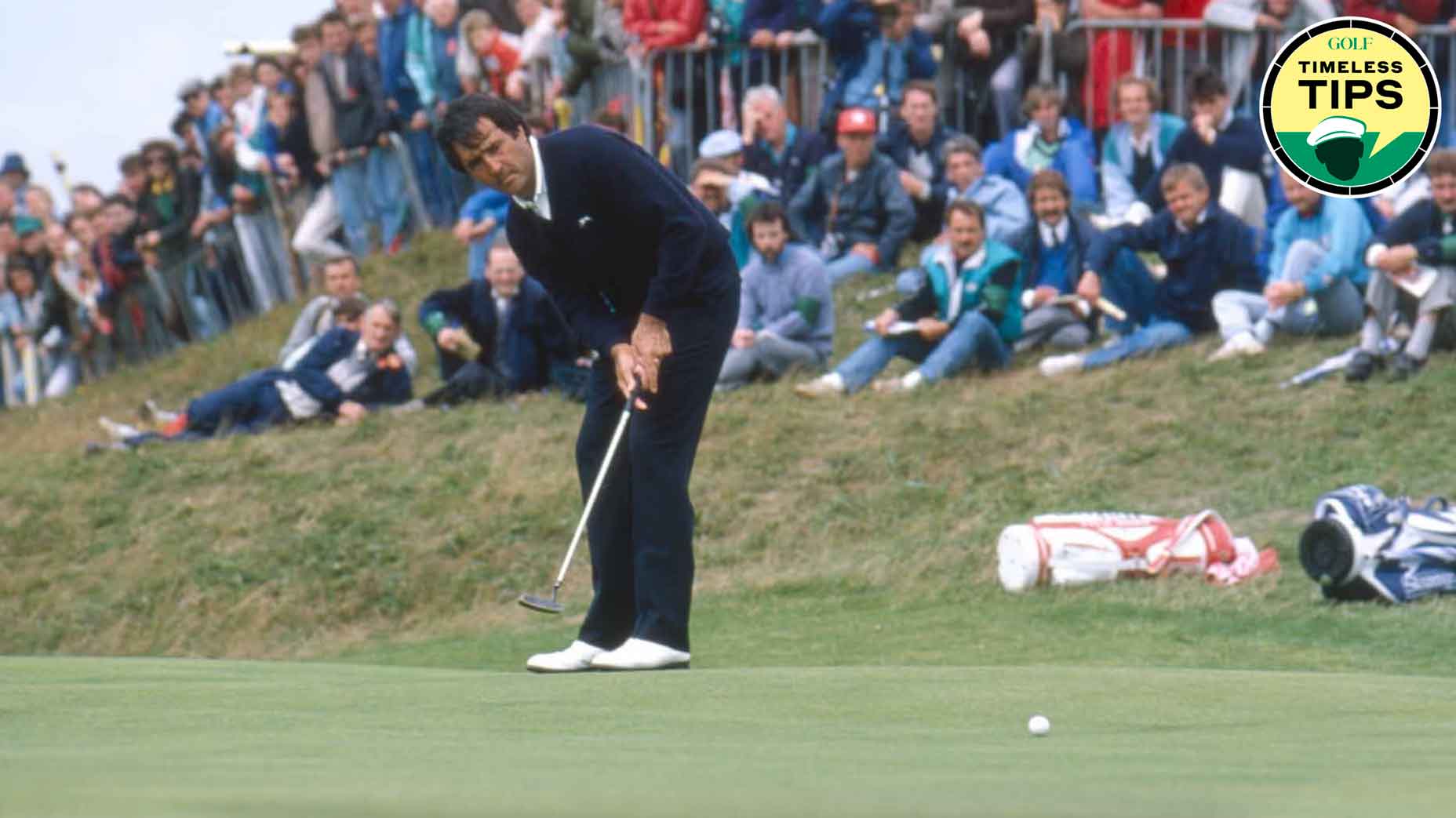 Become a better putter by focusing on this skill from another sport
Become a better putter by focusing on this skill from another sport
Rickie Fowler’s secrets to reading greens like an expert

Even 20/20 vision might not be enough to save you from being blind as a bat around the green. Reading a line is a skill that requires an amalgam of information, ability and patience.
The good news is, if you’re willing to commit the time to becoming better around the greens, you can see significant improvement (even if your yips are uncontrollable). And if you’re running short on patience, Rickie Fowler has a series of quick tips (which first aired in a video for Me And My Golf) for you to clean up your putting process.
Fowler is one of the best putters in golf, pacing in the top 15 on the PGA Tour in strokes gained: putting in 2019 (and leading the category altogether in 2017). He also ranked in the top 15 on Tour last season in both total putting and putting average. Here’s how he recommends approaching your putts to start scoring lower.
Keep your eyes open
Rickie’s first five-second fix is one that you should be doing already: pay attention! Keep your eyes focused on the green as you’re walking up to it. Your perspective from a distance might teach you something about the green your eyes won’t see from up close. This can help you better understand the direction of the break in a green or its severity.
Read from the low side
“The most that I can, I’ll try to stay underneath the putt, on the low side,” Fowler says.
Rickie prefers to look at his putts from below the hole for longer than above it because it gives him a clearer view of the last five feet of the putt (in other words, the most important five feet, if you’re planning on sinking it).
ADVERTISEMENT
Read from the high side
Once you’ve figured out the last five feet of the putt, the remainder of your job as a green reader is something of a jigsaw puzzle — filling in the pieces.
“You’re just trying to figure out, what do we need to do here to make it do that there,” he says.
If you’ve collected the right information and have the right read on the final portion of the putt, it should be fairly easy to find the rest. Once the start and end points are figured out, the hardest portion of reading the green is done. The rest is up to you, your pace and your stroke. But as long as you keep your speed under control, a good read will go a long way in ensuring your three-putting days are a thing of the past.
To receive GOLF’s all-new newsletters, subscribe for free here.
ADVERTISEMENT







